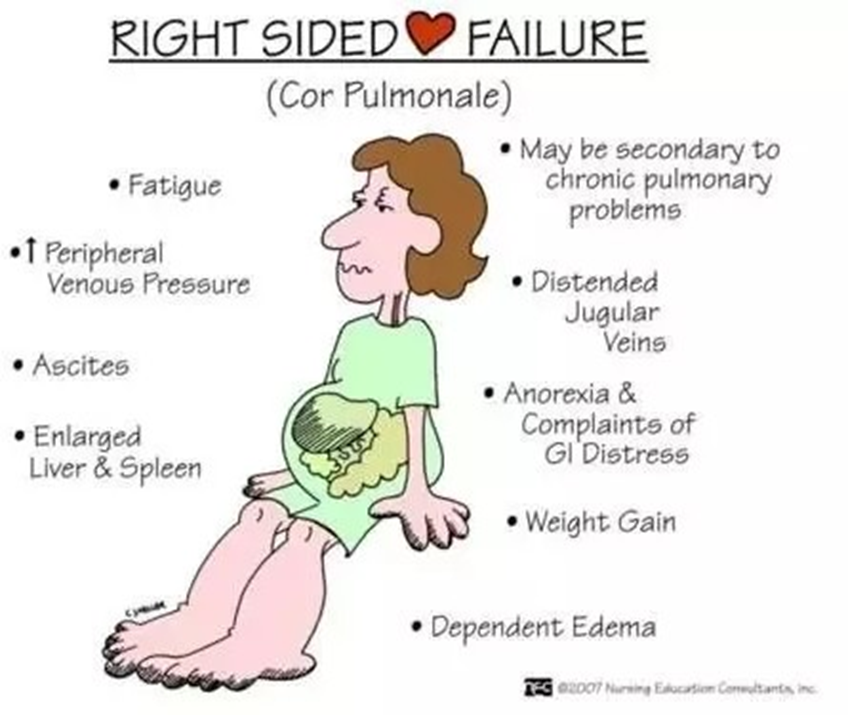A 75-year-old male experiences severe chest pain and calls 911.
Given that lab findings indicate elevated levels of cardiac troponins I and T, what condition does the nurse suspect?
Orthostatic hypotension.
Raynaud disease.
Angina.
Myocardial infarction (MI).
The Correct Answer is D
Choice A rationale
Orthostatic hypotension, a form of low blood pressure that happens when you stand up from sitting or lying down, would not typically cause severe chest pain or result in elevated levels of cardiac troponins I and T6.
Choice B rationale
Raynaud’s disease, a condition that causes some areas of your body — such as your fingers and toes — to feel numb and cold in response to cold temperatures or stress, would not typically cause severe chest pain or result in elevated levels of cardiac troponins I and T6.
Choice C rationale
Angina, a type of chest pain caused by reduced blood flow to the heart, could cause severe chest pain, but it would not typically result in elevated levels of cardiac troponins I and T6. Elevated troponin levels are more indicative of damage to the heart muscle, which is not characteristic of angina.
Choice D rationale
A myocardial infarction (MI), also known as a heart attack, could cause severe chest pain and would typically result in elevated levels of cardiac troponins I and T7. Troponins are proteins found in the heart muscle, and levels can rise in the blood when there is damage to the heart, such as during an MI.
Nursing Test Bank
Naxlex Comprehensive Predictor Exams
Related Questions
Correct Answer is D
Explanation
Choice A rationale
High-output heart failure is not typically associated with chronic pulmonary disease and elevated pulmonary vascular resistance. High-output heart failure occurs when the heart is unable to meet the body’s increased demand for blood flow, which is not the case in this scenario.
Choice B rationale
Low-output heart failure is also not typically associated with chronic pulmonary disease and elevated pulmonary vascular resistance. Low-output heart failure occurs when the heart is unable to pump enough blood to meet the body’s needs, which is not the case in this scenario.
Choice C rationale
Left heart failure is not typically associated with chronic pulmonary disease and elevated pulmonary vascular resistance. Left heart failure occurs when the left side of the heart is unable to pump enough blood to the body, which is not the case in this scenario.
Choice D rationale
Right heart failure is the correct answer. In the context of a 65-year-old male patient diagnosed with chronic pulmonary disease and elevated pulmonary vascular resistance, the nurse should assess for right heart failure. This is because the right side of the heart pumps blood to the lungs, and if the pulmonary vascular resistance is elevated, it can put strain on the right side of the heart, leading to right heart failure.

Correct Answer is ["B","C","D"]
Explanation
Choice A rationale
Rheumatoid arthritis is an autoimmune disease that primarily affects the joints. While it can increase the risk of cardiovascular disease due to systemic inflammation, it is not typically considered a direct cause of secondary hypertension.
Choice B rationale
Coarctation of the aorta, a congenital condition characterized by a narrowing of the aorta, can cause secondary hypertension. This is because the narrowing can increase resistance to blood flow, leading to increased pressure.
Choice C rationale
Increased intracranial pressure (ICP) can cause secondary hypertension as part of Cushing’s reflex, a physiological response to protect the brain from damage. This reflex can lead to an increase in systemic blood pressure in an attempt to maintain cerebral perfusion.
Choice D rationale
Renal disease is a common cause of secondary hypertension. The kidneys play a crucial role in regulating blood pressure, and damage to the kidneys can lead to hypertension.
Choice E rationale
Colon cancer is not typically associated with secondary hypertension. While some cancers can produce substances that increase blood pressure, colon cancer is not commonly associated with this phenomenon.
Whether you are a student looking to ace your exams or a practicing nurse seeking to enhance your expertise , our nursing education contents will empower you with the confidence and competence to make a difference in the lives of patients and become a respected leader in the healthcare field.
Visit Naxlex, invest in your future and unlock endless possibilities with our unparalleled nursing education contents today
Report Wrong Answer on the Current Question
Do you disagree with the answer? If yes, what is your expected answer? Explain.
Kindly be descriptive with the issue you are facing.
